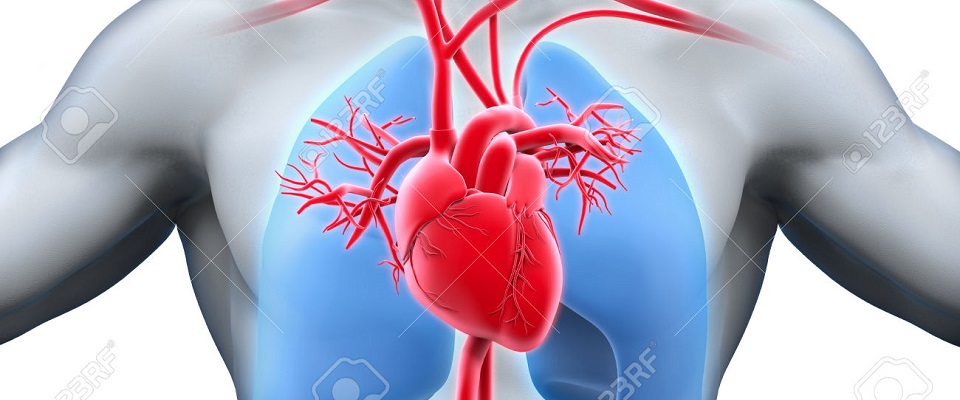Atherosclerosis and its consequence, cardiovascular disease were recognized in principle and documented at least 3000 years ago. The Ayurvedic medical treatises from as early as 1000 B.C. already referred to the detrimental outcome to overall health with unbalanced nutrition and a sedentary life style . These two factors were reported to contribute to 'coating and obstruction of channels', which translates to atheromatous changes in the blood vessels. To counteract this development, Ayurveda practitioners prescribed an amber-like resin, commonly known as gum guggul, sapped from incisions made in the bark of the Commiphora mukul or Balsamodendron mukul (Hook) and Commiphora wightii (Arpott) (N.O. Burseraceae) tree (1,2).
The pharmacology of gumguggul began to be studied in India in the 1960's, first at the Banaras Hindu University, Varanasi and later at the Central Drug Research Institute (CDRI), Lucknow, where the gum was evaluated for its potential in the treatment of elevated blood cholesterol. For these studies, a standardized gumguggul extract was prepared (Fig J).
Analysis of the activity of the extracts ( 1) determined that the ethyl acetate-soluble, i.e. ketonic and neutral portion of the gum, had most of the hypolipidemic properties. The neutral fraction was found to be a source of sterol compounds identified as E- and Z-guggulsterone (cis- and trans-4,17 (20)pregnandiene-3,16-dione, respectively). E- and Z-guggulsterone will henceforth be called GSE&Z.









